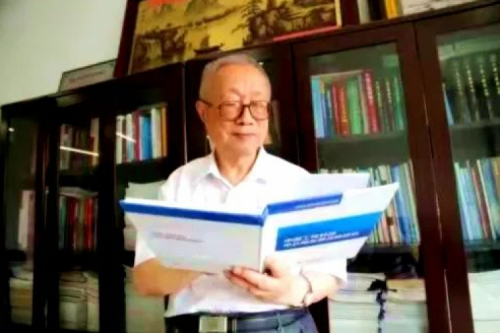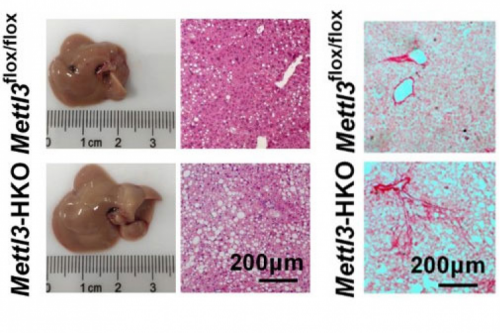HIT News (the HIT Center for Life Sciences/text) Odd-come-shortly, researcher Minghui Gao’s team, part of the HIT Center for Life Sciences, published a paper entitled LKB1-AMPK Axis Negatively Regulates Ferroptosis by Inhibiting Fatty Acid Synthesis in Signal Transduction and Targeted Therapy, a world-famous academic journal, revealing the important role of LKB1-AMPK axis in negatively regulating ferroptosis.
Ferroptosis has emerged as a new programmed cell death modality induced by iron-dependent oxidative damage. A serial of ferroptosis-inducing agents, such as erastin and RSL3, can contribute to this phenomenon. Erastin activates ferroptosis by inhibiting the activity of system Xc_, a cystine-glutamate antiporter, resulting in the depletion of cellular cysteine and glutathione (GSH), thus breaking cellular redox homeostasis. Inactivation of glutathione peroxidase 4 (GPX4), an enzyme required to remove the toxic lipid hydroperoxides can induce ferroptosis without the depletion of cellular cysteine and GSH. There is growing evidence that ferroptosis has a lot to do with major human diseases such as tumors, cardiovascular diseases and neurodegenerative diseases, etc.
Glucose and glutamine are essential nutrients for cell survival. However, in this team’s previous study, they found glutamine was a key for ferroptosis. Glutamine enters the TCA cycle through mitochondrial metabolism, thereby regulating the process of ferroptosis. Similarly, after glucose enters the cell, ATP is produced through glycolysis and TCA cycle, thus providing the energy demand of the cell. However, it was not immediately clear whether glucose regulates ferroptosis.
Gao’s team found that glucose depletion could reduce ferroptosis induced by erastin and RSL3, suggesting glucose is essential for ferroptosis. AMPK is a cell's metabolism and energy receptor. When glucose is deficient, the ratio of AMP/ATP in cells increases, thus activating AMPK. They observed that activating AMPK can remarkably block ferroptosis while inhibiting it can significantly enhance the probability of AMPK. LKB1, the main upstream kinase responsible for the activation of AMPK, is one of the most common tumor suppressors. LKB1’s mutation frequency is very high in tumors such as lung cancer. The study found that non-small cell lung carcinoma carrying LKB1 mutation are extremely sensitive to ferroptosis, which means that iron death inducer may be an effective candidate drug for tumors carrying LKB1 mutation. The study further found that when cells are stimulated by ferroptosis, AMPK is activated, thus phosphorylating and inhibiting the activity of ACC1, as well as inhibiting the synthesis of fatty acids. In the end, it could slow down the accumulation of lipid oxides and the occurrence of ferroptosis.
This is another important discovery of Gao’s team in the field of cell nutrition metabolism and ferroptosisfollowing the discovery of glutamine’s regulating role inferroptosis.Its significance lies in the sensitivity of tumor cells carrying LKB1 mutation to ferroptosisstimulation, which lays a theoretical foundation for us to develop specific drugs targeting tumors carrying LKB1 mutation gene.
Minghui Gao, a researcher from the HIT Center for Life Sciences, is the communication author of this paper; ChangzhiLi, a doctoral student, is the first author; XuanDong,Xin Shi, KangjieChen andWenjing Du, a postdoctoral student, participate in the work in cooperation; and WeiZhang, a doctor from Cornell Medical College, is the co-communication author of this paper. The research was backed by the National Natural Science Foundation, Heilongjiang Outstanding Youth Fund and Harbin Institute of Technology's talentstart-up funds.




